Yes, it's possible to transfer a Windows 10 license to a new device, and in this guide, we'll show you how.
Although when you get a new device, it usually comes with a copy of Windows 10 preloaded and activated, it's not the case when building a custom system. If you decide to get the parts and build the device yourself, you also need to provide a license of Windows 10, which could cost a few hundred dollars depending on the edition.
However, if the new build is meant to replace an old system, you may be able to transfer the Windows 10 product key to the new computer to save some money.
The ability to transfer an existing license is not only a cost-saving approach, but it also comes in handy when you are planning to sell the computer and retain the product key, or you want to reuse the license to activate a virtual machine.
Regardless of the reason, you are entitled to transfer a Windows 10 license to another computer under the Microsoft rules, but it'll always depend on how the original license was obtained.
In this Windows 10 guide, we'll walk you through the steps to transfer a product license key to a new computer.
- How to determine if you can transfer a product key on Windows 10
- How to transfer a product key to a new PC on Windows 10
How to determine if you can transfer a product key on Windows 10
Although Microsoft uses different channels to distribute licenses of Windows 10, consumers can only obtain a license through two channels, including Retail and Original Equipment Manufacturer (OEM).
In the case that you have obtained a Retail license of Windows 10, then you are entitled to transfer the product key to another device. If you are upgrading to Windows 10 from Windows 8.1 or Windows 7 with a retail copy, you are also allowed to move the product key to another computer.
Typically, there is no limit on the times you can transfer a license as long as you properly deactivate the previous setup. However, sometimes, you may come across activation errors, which you may not be able to resolve until you contact Microsoft support and explain the problem.
If you have a device that came pre-installed with Windows 10 (for example, Surface Laptop 3 and Dell XPS 13), then you are dealing with an "OEM" license. In this case, the product key isn't transferable, and you are not allowed to use it to activate another device. Also, if you upgraded to Windows 10 Pro from Windows 10 Home purchasing the upgrade through the Microsoft Store, then you can transfer the license to a new computer because the product key will be converted into a digital license linked to your Microsoft account.
How to transfer a product key to a new PC on Windows 10
When you have a computer with a retail license of Windows 10, you can transfer the product key to a new device. You only have to remove the license from the previous machine and then apply the same key on the new computer.
Deactivate Windows 10 from old setup
To remove the product key on Windows 10, use these steps:
- Open Start.
- Search for Command Prompt, right-click the top result, and select the Run as administrator option.
-
Type the following command to remove the current product key and press Enter:
slmgr /upkQuick tip: If you don't see the "Uninstalled product key successfully" message, you may need to run the command multiple times until the message shows up.
-
Type the following command to clear the license from the Registry and press Enter:
slmgr /cpky
Once you complete the steps, you can use the product key to activate the same edition of Windows 10 on another computer.
It's worth pointing out that even though the steps outlined above will uninstall the product key, the process won't remove the activation from the Microsoft servers. Instead, the process will prevent the detection of the same product key being used in multiple devices, allowing you to reactivate another device.
If you plan to use another machine because the other one broke down, it's unnecessary to use the above steps. You can install the product key on the new computer.
Activate Windows 10 on new setup
After freeing up the license key, you can use it to activate a new installation manually, or you can contact Microsoft support for assistance if the manual process isn't working.
Install license using Command Prompt
To activate Windows 10 with a previous product key, use these steps:
- Open Start.
- Search for Command Prompt, right-click the top result, and select the Run as administrator option.
-
Type the following command to reuse the Windows 10 product key and press Enter:
slmgr /ipk xxxxx-xxxxx-xxxxx-xxxxx-xxxxxQuick note: In the command, replace "xxxxx-xxxxx-xxxxx-xxxxx-xxxxx" with the product key you want to use to activate Windows 10.
-
Type the following command to verify the activation and press Enter:
slmgr /dlv -
Confirm under the "License Status" section the status reads "Licensed" to verify that Windows 10 is fully activated.
Once you complete the steps, Windows 10 should activate successfully. If the status is set to "Notification," restart the computer and recheck the status with the command (see step No. 4), or you can also check on Settings > Update & Security > Activation.
Install license using Microsoft support
If the activation didn't complete successfully with Command Prompt, you could contact Microsoft support to activate the new installation.
To activate a copy of Windows 10 with support assistance, use these steps:
- Open Start.
- Search for Command Prompt, right-click the top result, and select the Run as administrator option.
-
Type the following command to activate the copy of Windows 10 and press Enter:
slui 4 -
Select your region from the activation wizard.
- Click the Next button.
-
Use the toll-free number to call Microsoft.
Quick tip: In addition to making a direct call to the support line, you may also be able to use the "Get Help" app to activate the installation. When you're in the app, share the details about the problem and send the "Installation ID" as provided in the wizard. Then the agent should be able to give you a "Confirmation ID" to activate Windows 10.
- Confirm the Installation ID number.
-
Click the Enter confirmation ID button.
- Type the "confirmation ID" provided by Microsoft support.
-
Click the Activate Windows button.
After you complete the steps, the installation on Windows 10 should now activate successfully.
If you plan to transfer an existing product key to another device, make sure to match the edition that the license activates. For instance, if you are removing a Windows 10 Pro product key, you can only use it to activate another Windows 10 Pro installation. You can't use a Pro license to activate a machine running the Home edition of Windows 10.
We are focusing this guide on the consumer version of Windows 10, but there are many other licensing channels governed by different rules.
More Windows 10 resources
For more helpful articles, coverage, and answers to common questions about Windows 10, visit the following resources:

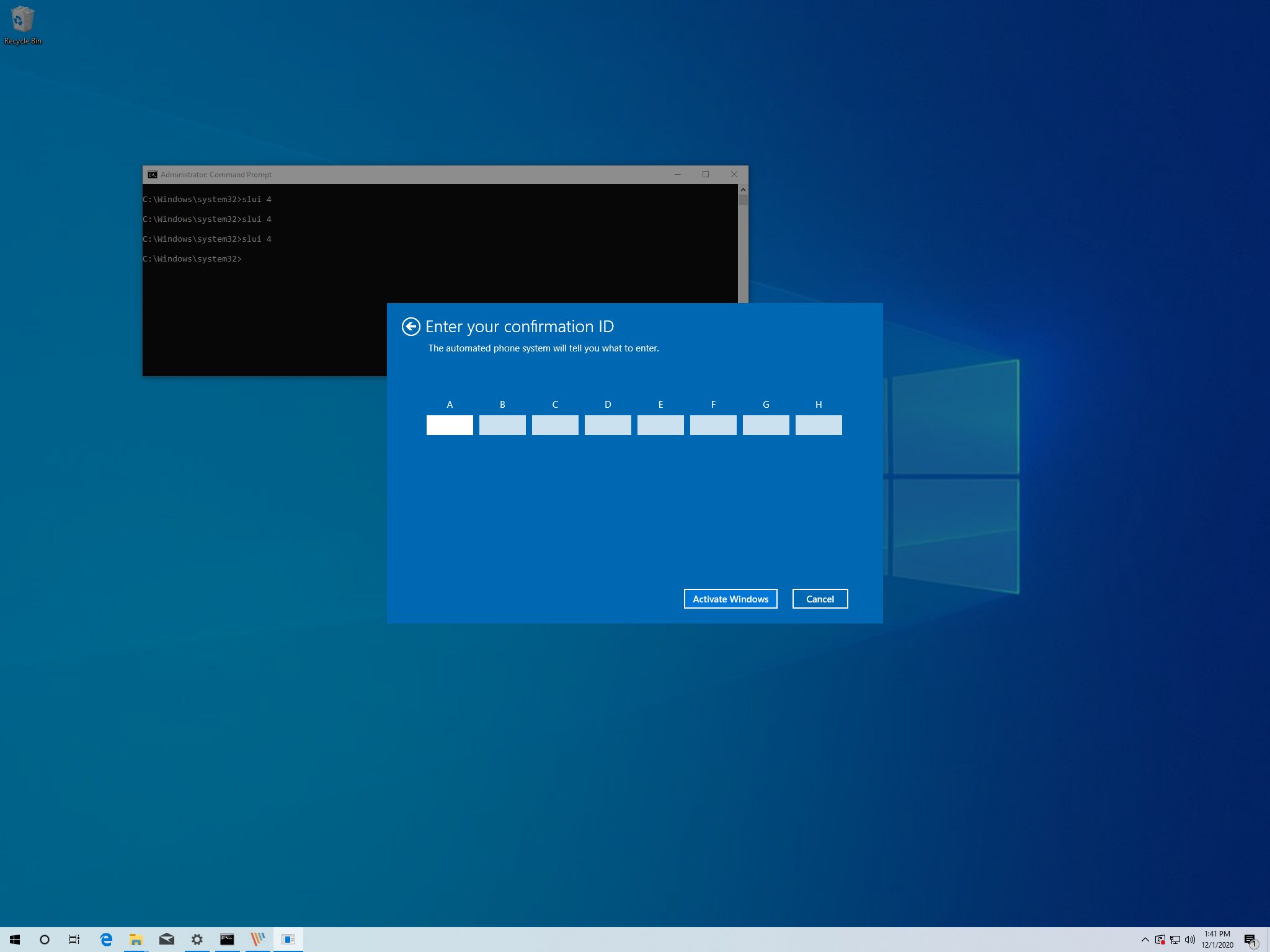
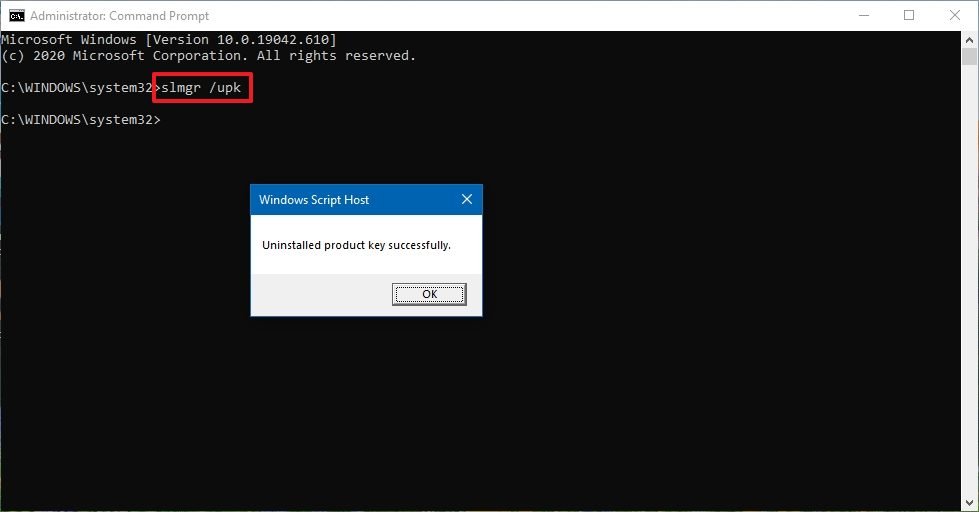
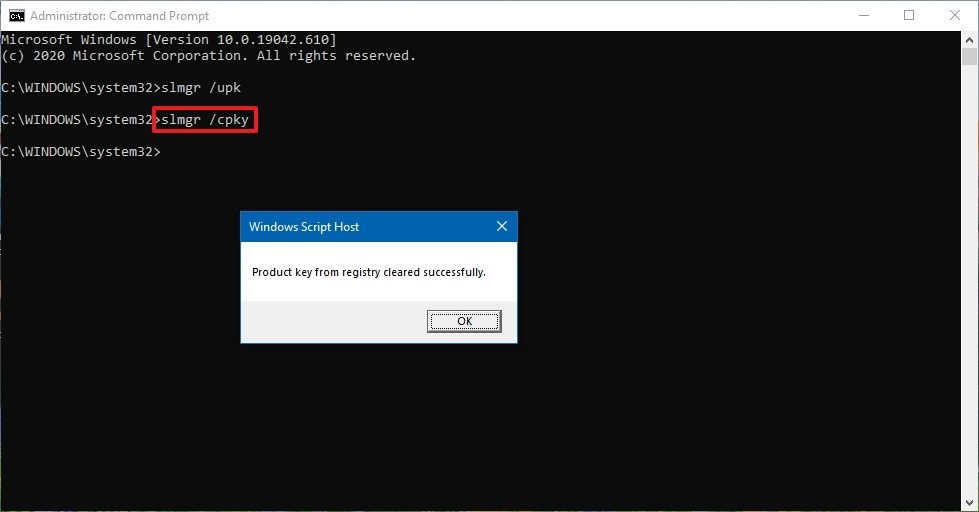
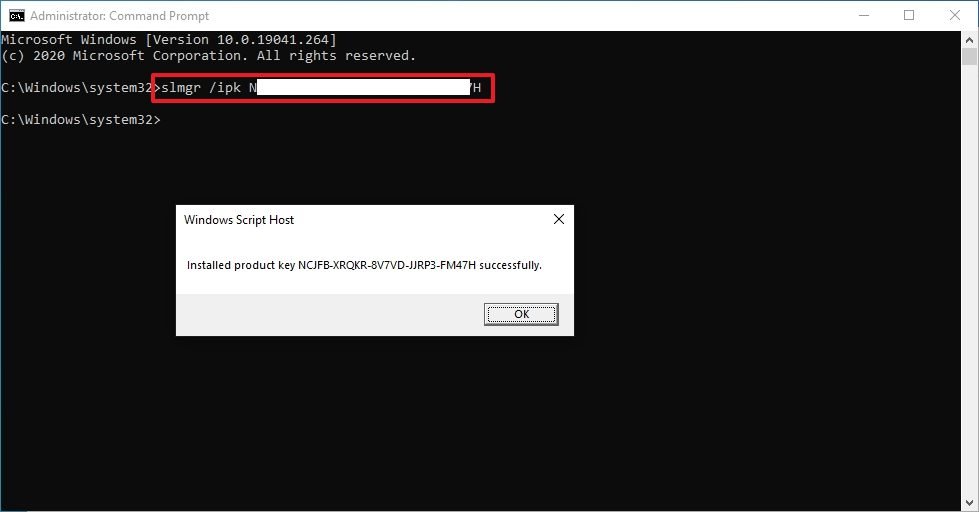
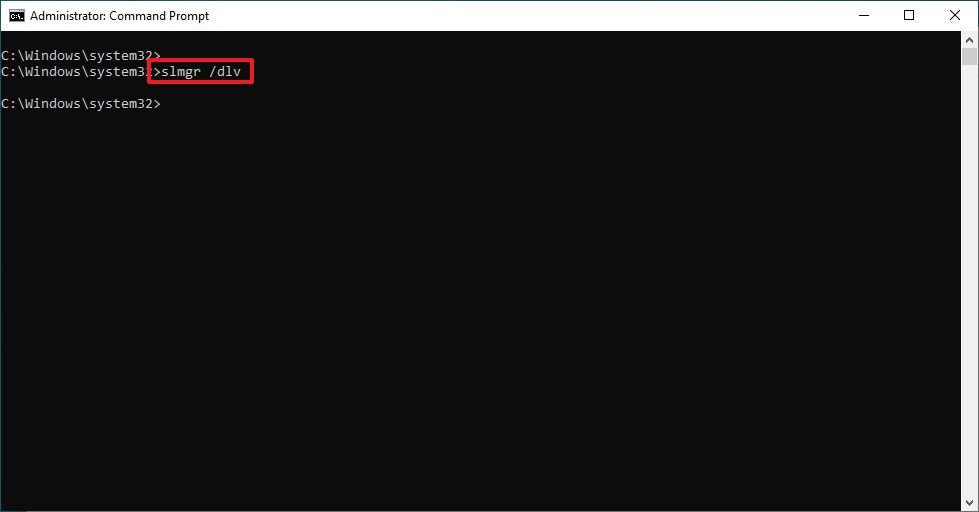
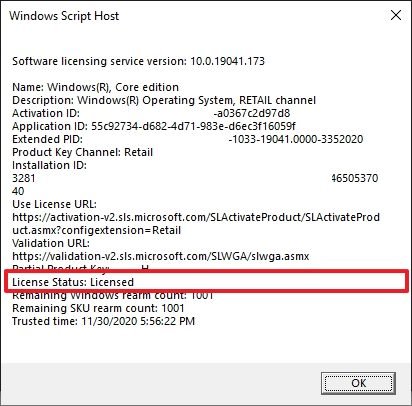
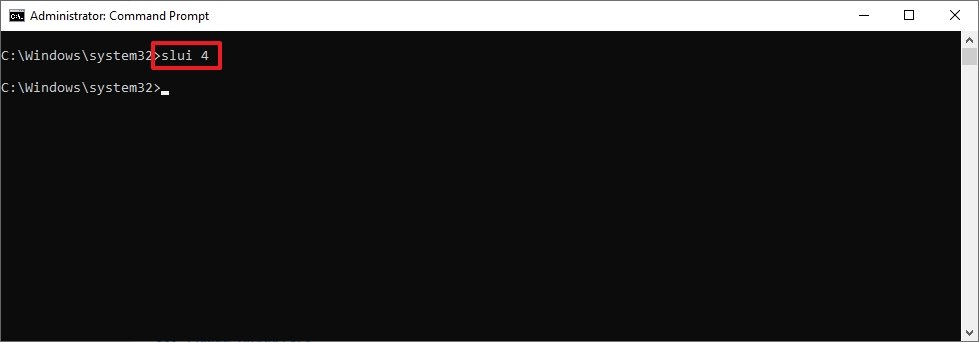
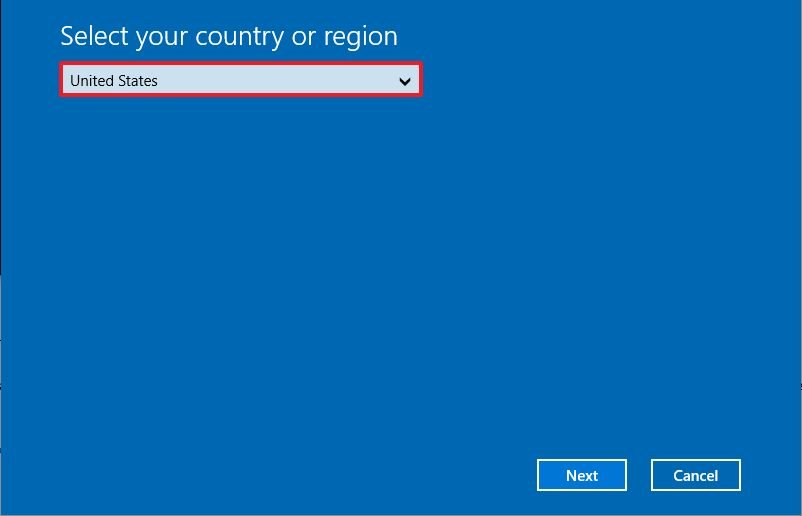
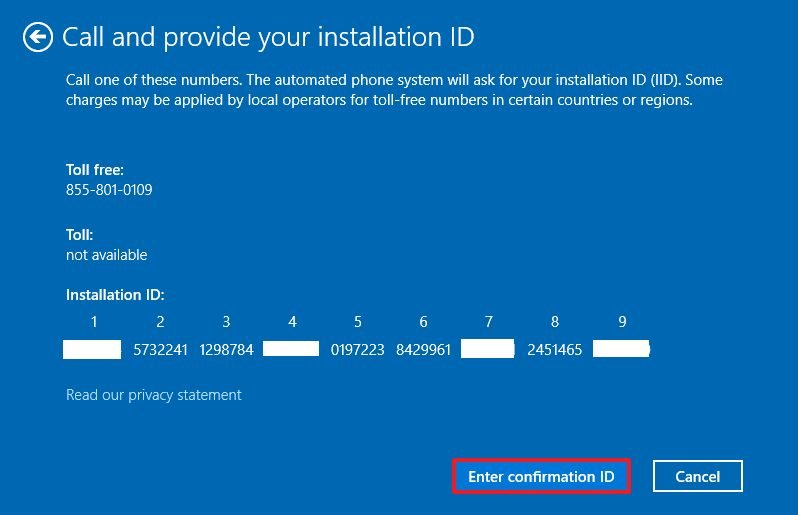





0 comments:
Post a Comment